Camera Selection
5MP camera is the min. Cellphone adapter is also available but I want a dedicated camera.
Research
This was a similar project to what I am trying to build. Very nice blog as well
https://www.briandorey.com/post/raspberry-pi-high-quality-camera-on-the-microscope
Hardware
Raspberrypi High Quaility Camera 12 MP C mount
https://www.adafruit.com/product/4561
The framerate on a raspberry pi is very low so I purchased an arducam camera to usb board.
https://www.arducam.com/product/arducam-uvc-camera-adapter-board-for-12mp-imx477-raspberry-pi-hq-camera/
https://www.amazon.com/gp/product/B08NVG2CY4/ref=ppx_od_dt_b_asin_title_s00?ie=UTF8&psc=1
I got the idea to use the arducam adapter from https://www.briandorey.com/post/raspberry-pi-high-quality-camera-on-the-microscope
User Manual for the Pi camera adapter.
Arducam-UVC-Camera-Adapter-Board-for-12MP-IMX477-Raspberry-Pi-HQ-Camera-b0278.pdf UC-733_DIM.pdf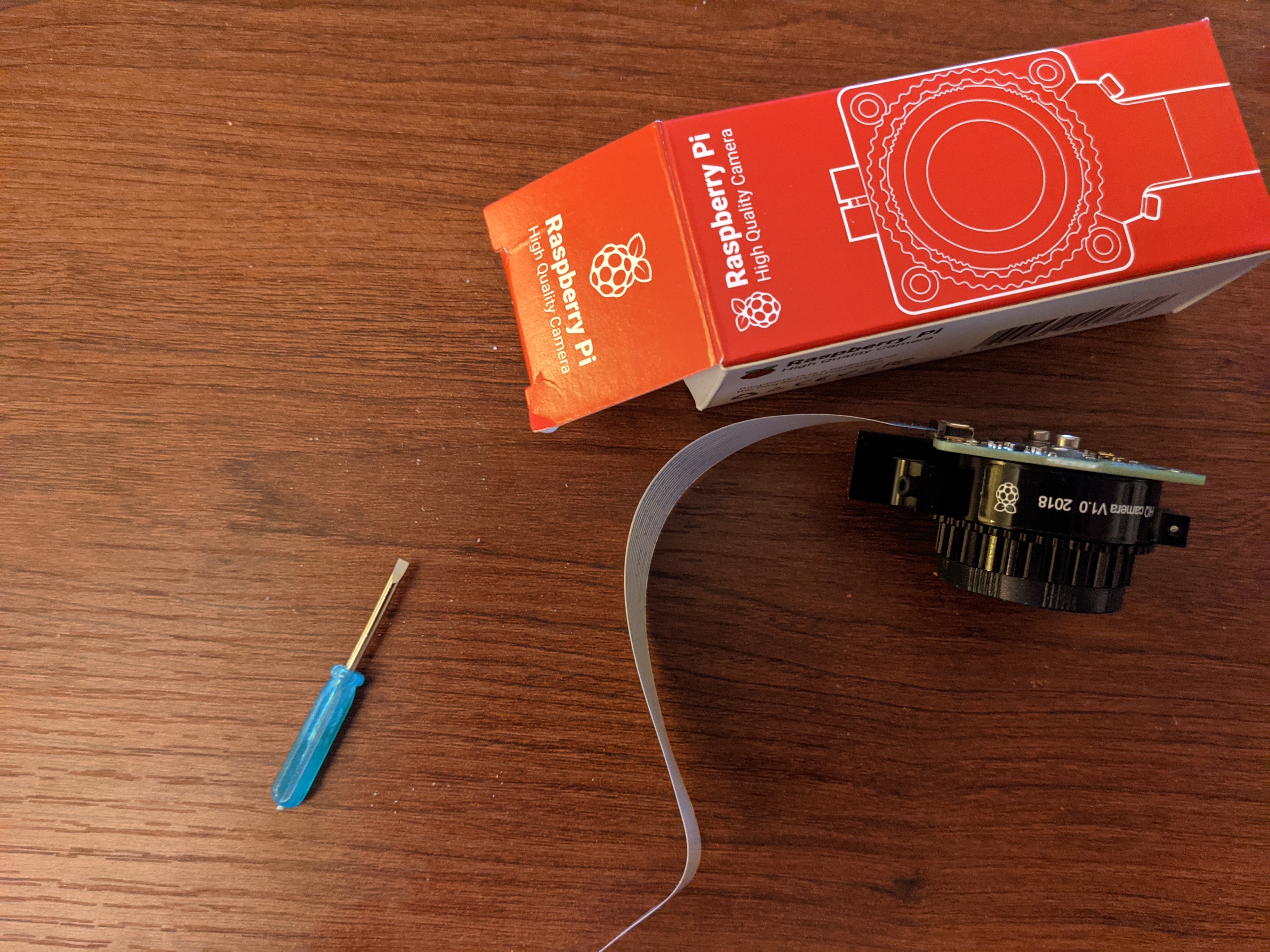
Raspberrypi High Quaility Camera 12 MP C mount
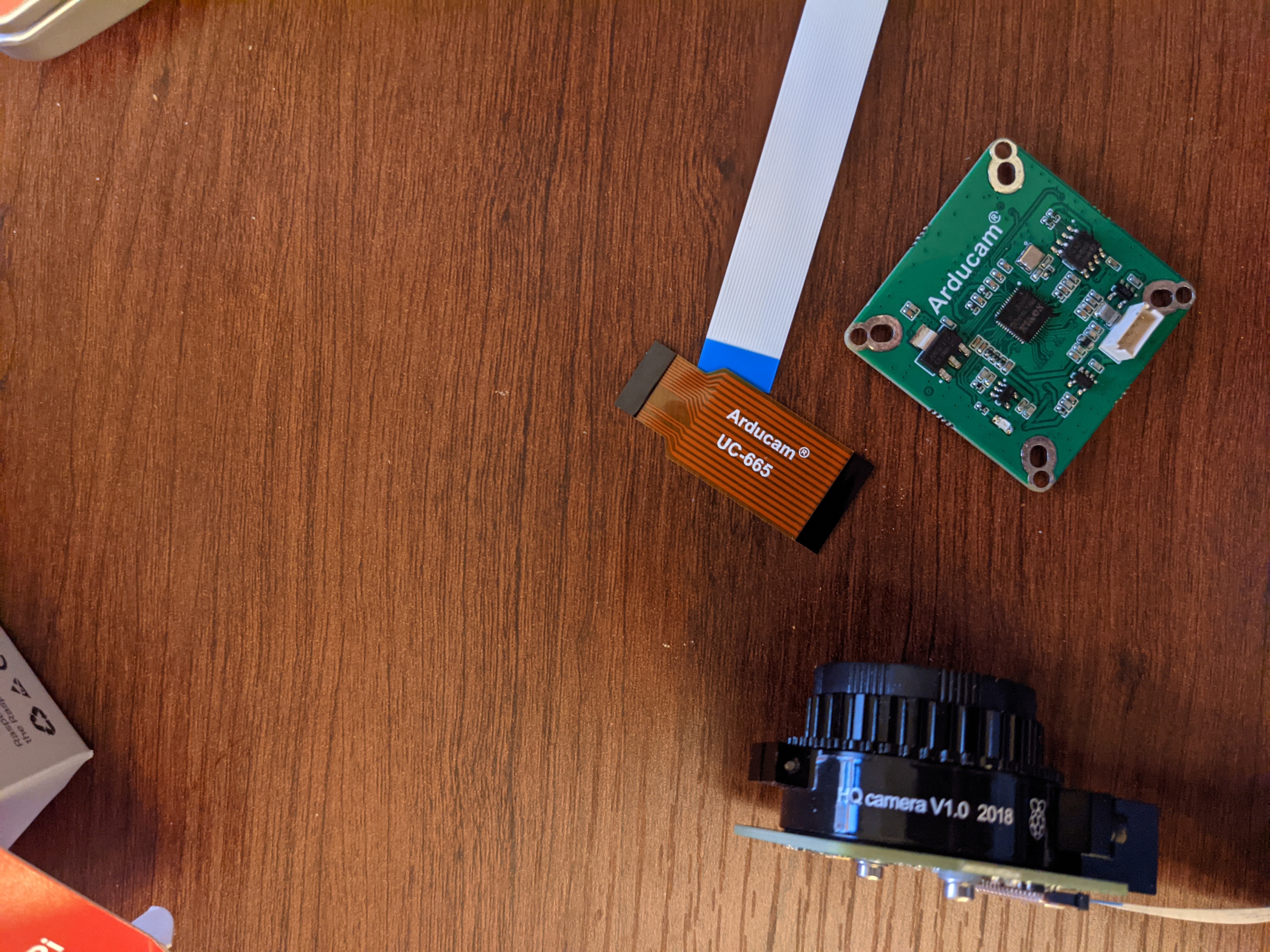
Components: Raspberrypi High Quaility Camera 12 MP C mount, ribbion cable, and Arducam UVC Camera Adapter Board.
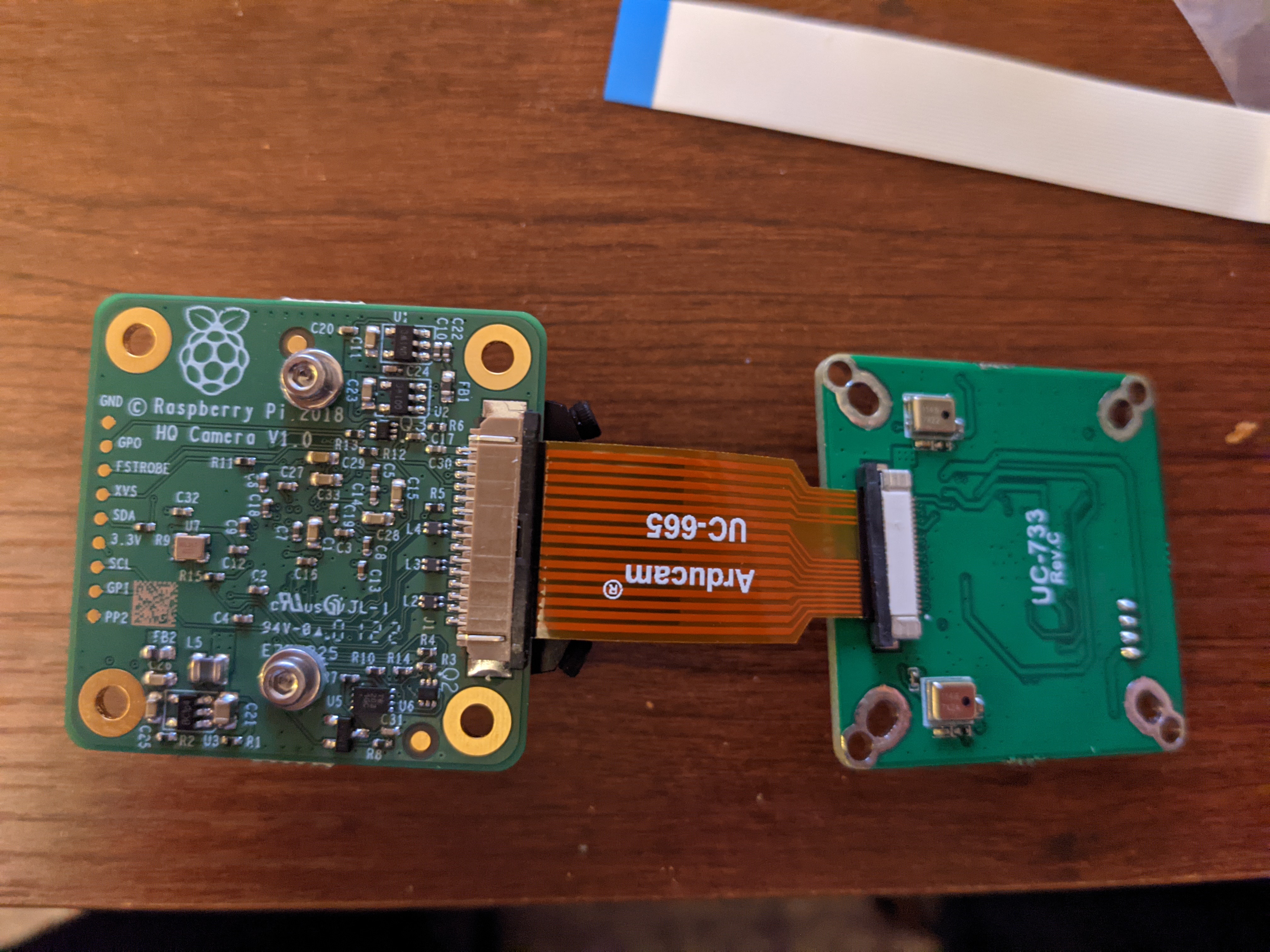
Connecting the Arducam UVC Camera Adapter Board to the Raspberrypi High Quaility Camera
Mechanical
Camera Adapter Mount
I originally went with mounting the camera without any lenses. Using this Raspberry Pi HQ camera adapter 3d printed
https://www.printables.com/model/59927-raspberry-hq-camera-to-amscope-adapter
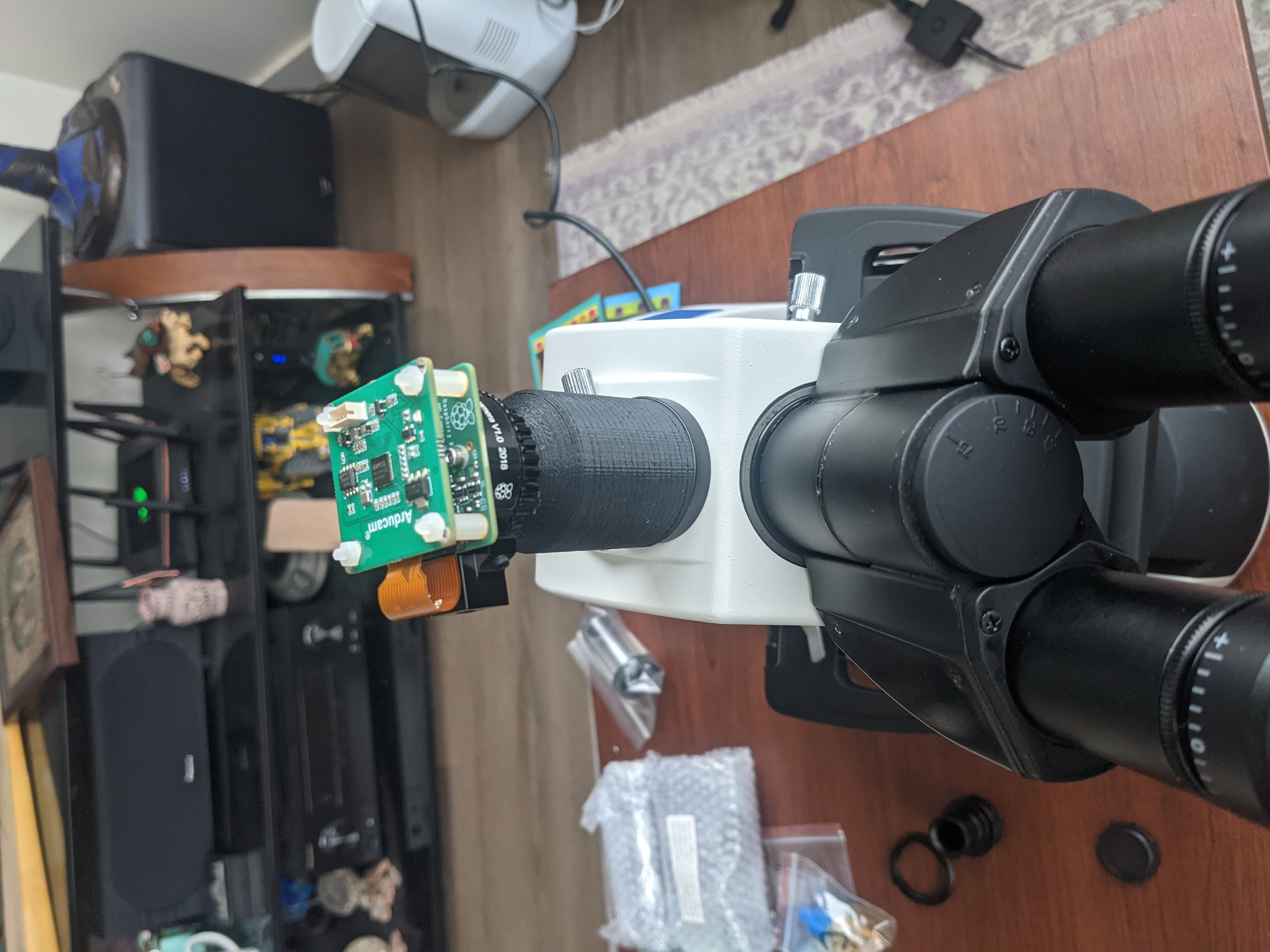
The adapter mounted to the camera port of my AmScope T720B Scope
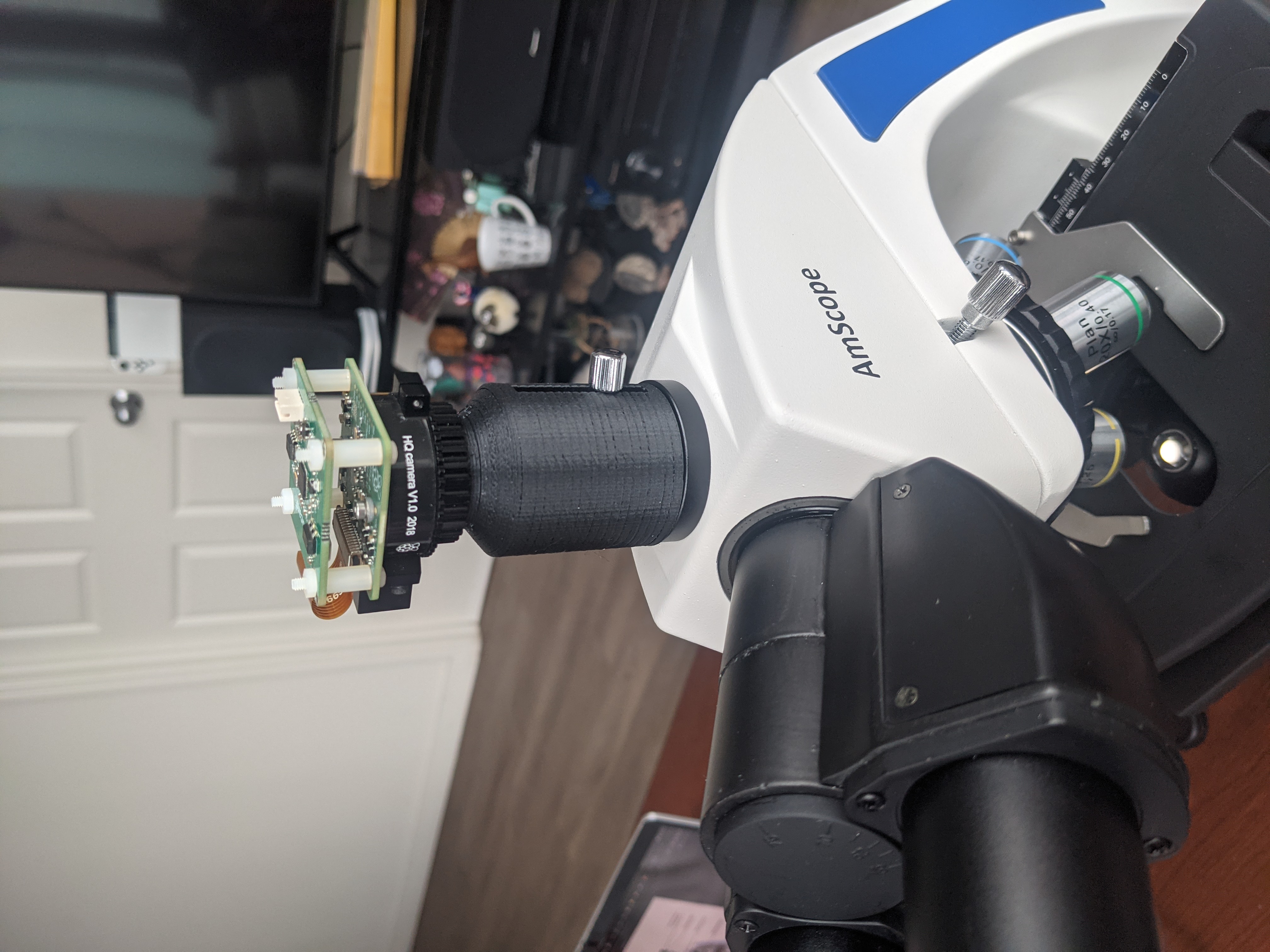
Front-Side
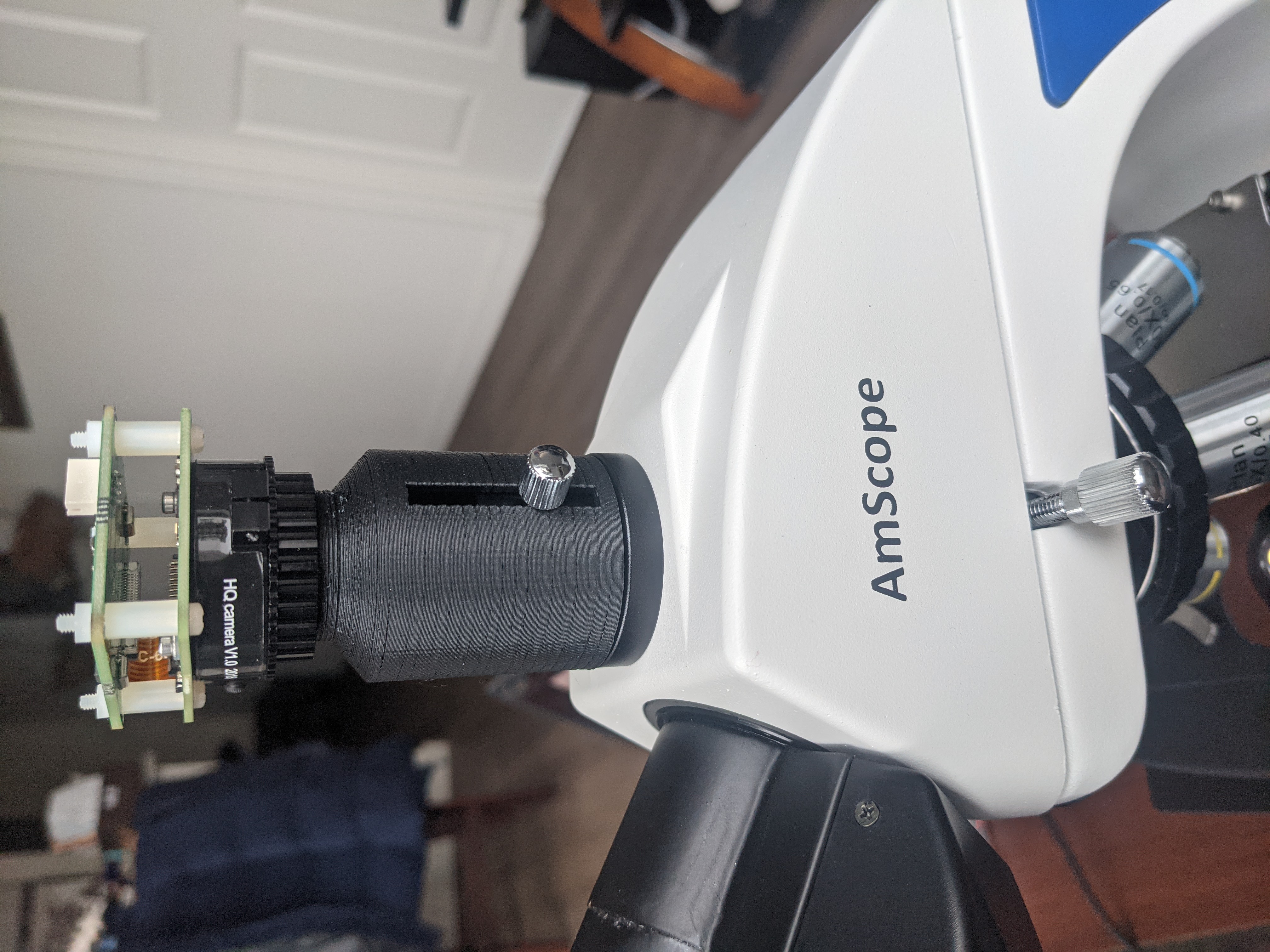
Side
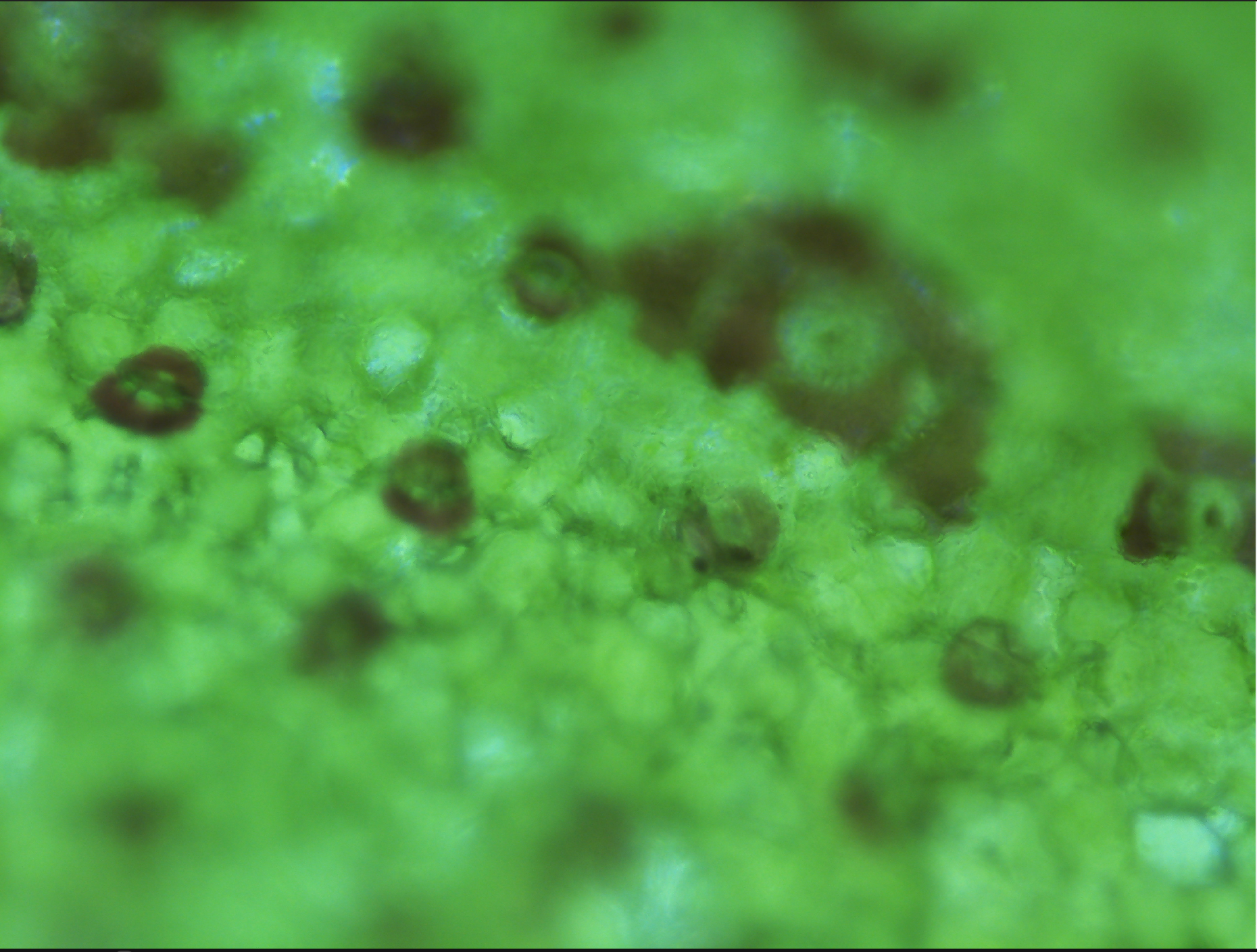
Using the above setup I was able to take this image with the camera.
This is a plant leaf from the Codiaeum variegatum at ~40x
Camera Issues
The camera sensor size causes an inherent magnification effect called crop factor. The field of view becomes reduced due to the this magnification effect. You can see this in the image above.
More information here
https://learn.adafruit.com/raspberry-pi-hq-camera-lenses/crop-factor
https://www.microscopeworld.com/p-3341-microscope-c-mount-field-of-view.aspx
https://www.microscopeworld.com/t-microscope_c-mounts.aspx
In order to correct for the inherent magnification effect an adapter was purchased.
From these sources I was able to find that 0.3x to 0.5x is about correct for my sensor size
Adapter lens selection
AmScope RU050 0.5X Reduction Lens for C-mount Cameras FMA050 Cmount to 23mm adapter. This fits my AmScope T720B Scope
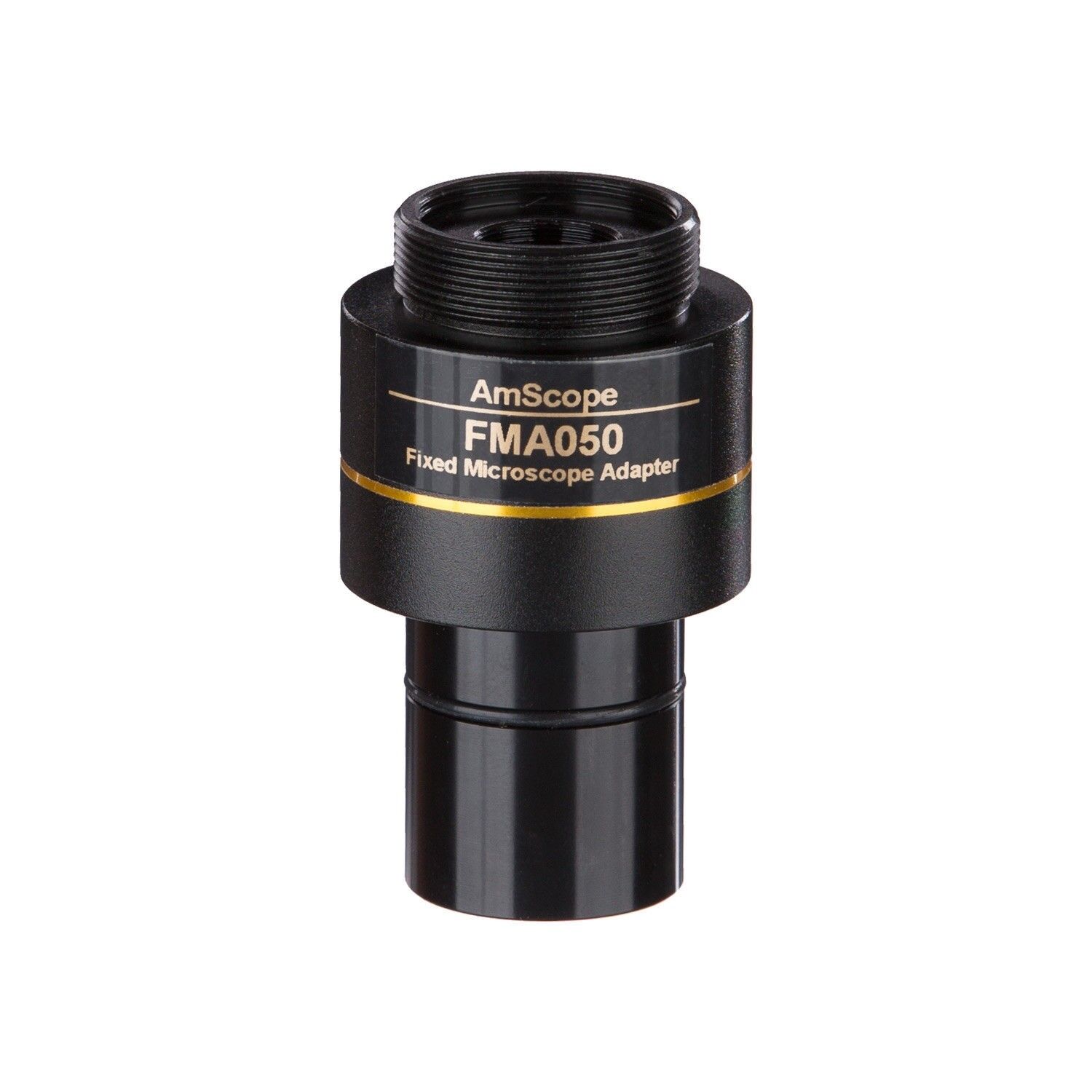
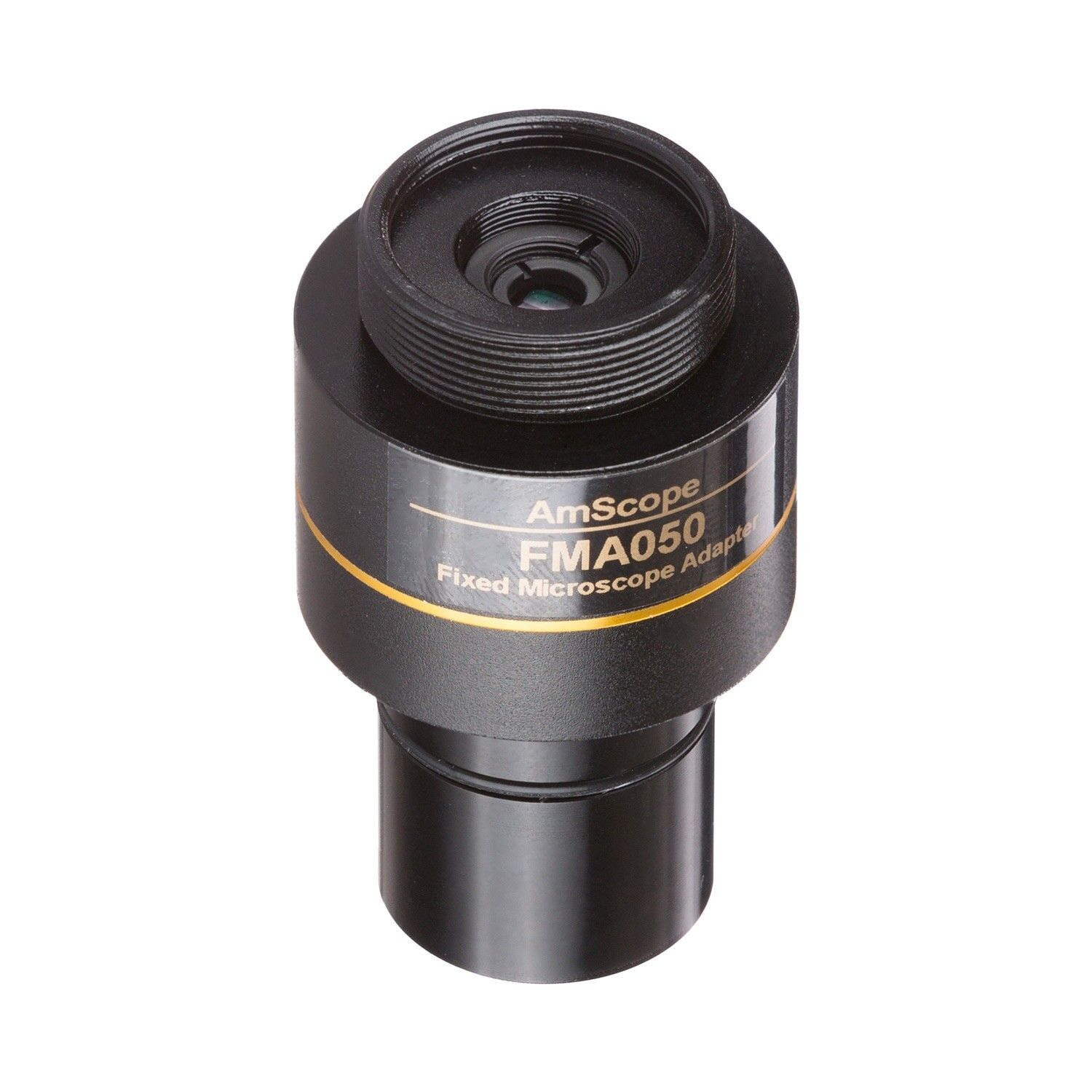
https://www.ebay.com/itm/141950389592
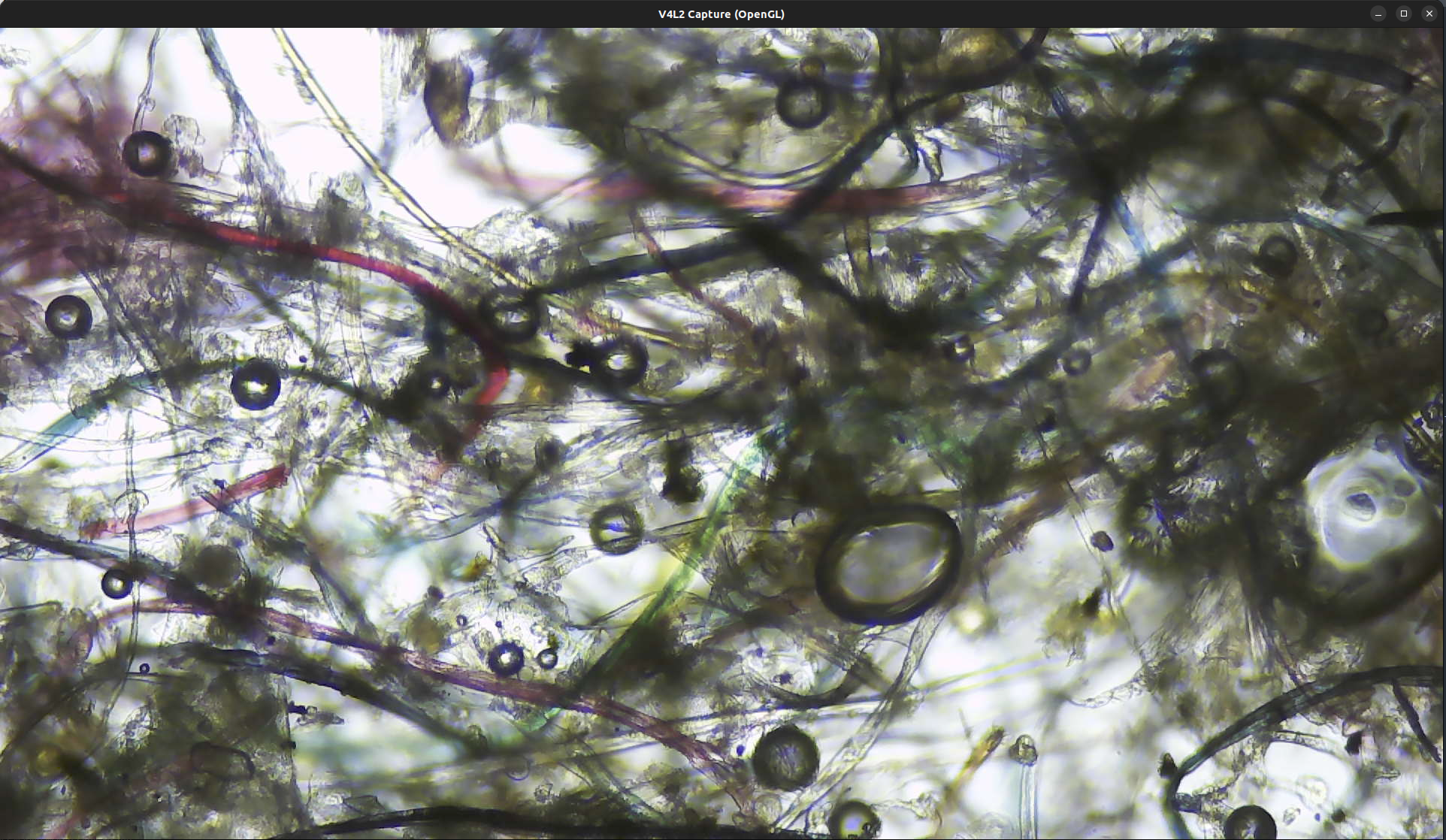
Picture of dust taken with the 0.5x adapter. It’s hard to tell from the images above but the field of view is noticably larger.
Enclosure
To protect the hardware I designed an enclouse
Microscope_Camera_Enclosure-Lid.stl Microscope_Camera_Enclosure-Enclosure.stl Microscope_Camera_Enclosure.FCStd Microscope_Camera_Enclosure.FCStd1Software
I had problems with Cheese constantly changing the exposure. Thankfully many have suffered from this issue before. I found this link that is specific to the raspberry pi but useful. https://hackernoon.com/polising-raspberry-pi-high-quality-camera-3z113u18
I had to use a more advanced pieace of software called qv4l2
To install on debian linux
sudo apt-get install qv4l2
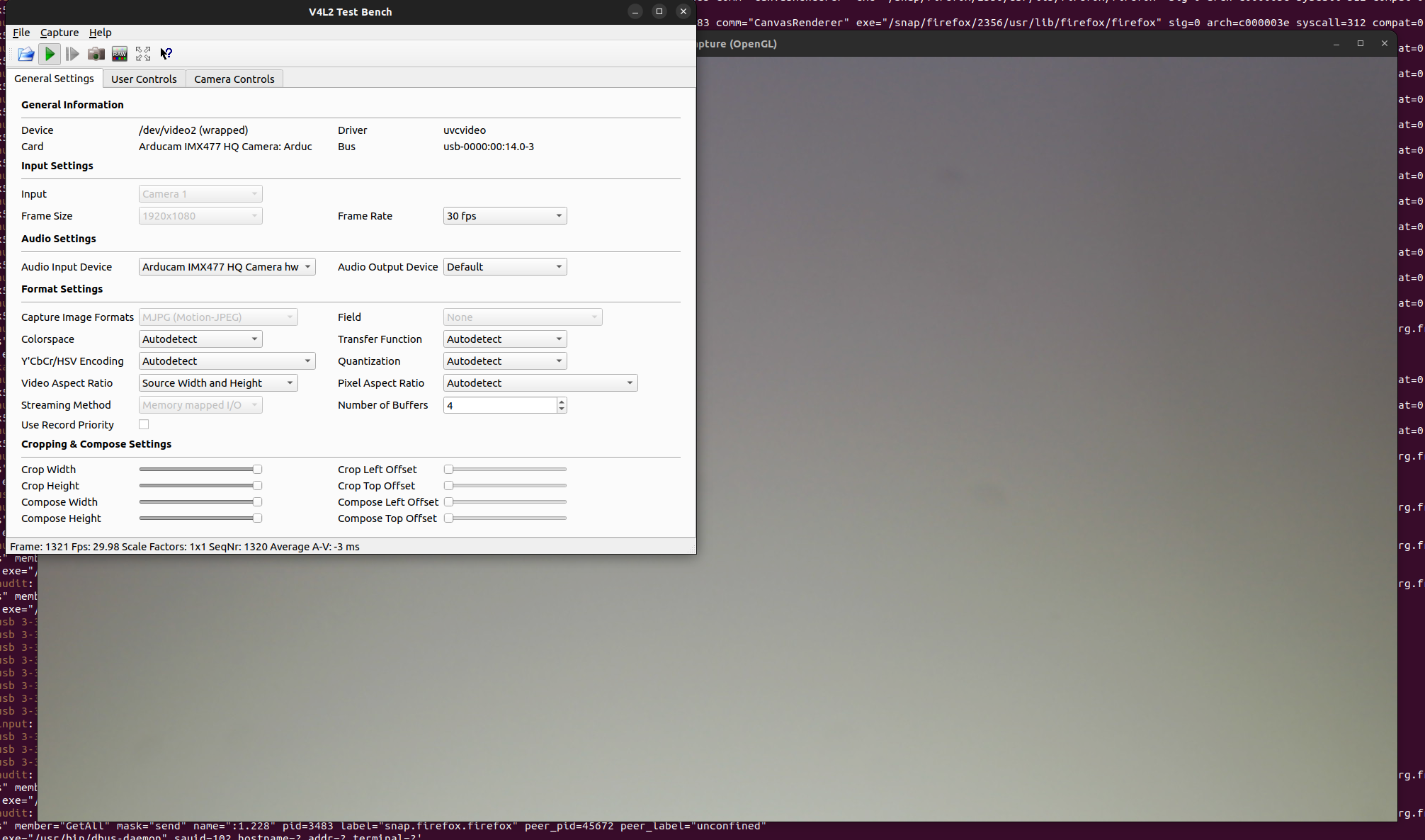
References
https://www.edmundoptics.com/knowledge-center/application-notes/microscopy/understanding-microscopes-and-objectives/
https://www.microscopeworld.com/p-3341-microscope-c-mount-field-of-view.aspx
https://www.microscopeworld.com/t-microscope_c-mounts.aspx
https://www.briandorey.com/post/raspberry-pi-high-quality-camera-on-the-microscope